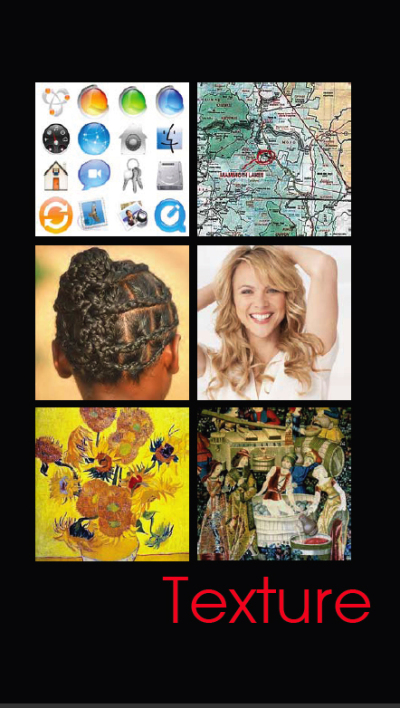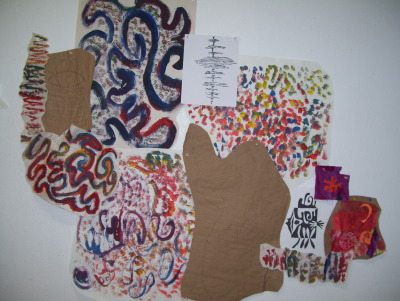
A disclosure – this list of questions to ponder was adapted from one written by my psychologist friend and colleague Dr. Cynthia Herbert about observing children -- part of our NEW WORLD KIDS book. We adults need to make and reflect on the same observations about ourselves in order to find our paths as artists, to locate our visual poetry and sweet spots. Of course, what we're saying in the book is that as great a thing it is for adults to discover their passions and paths at age 30, 40, 50 or older, wouldn't it be great if we helped kids find, respect, analyze and deepen their strong suits at age 14, or even 4? It can happen!
Feel free to copy and paste this list or go to my public file to find a downloadable pdf file here.
One-on-one.
One-of-a-kind.
Each of us is absolutely unrepeatable.
How do you look at yourself with new eyes, outside of the daily get-dones and to-dos? It helps to have a certain distance, an anthropologist’s viewpoint even. Step beyond judgment (this is good stuff; this is bad) into a position of value-free observation. It often helps to use comparative information--sometimes it’s easiest to see your own unique combo plate, when its sitting on the table next to someone else’s menu choices.
Here’s a checklist to help you observe, collect and compare. Start with observation. Ask a friend or colleague to use a camera to catch your typical actions and behaviors, or just reflect and write. Or try setting up some self-portraits that capture the real you. Answer the questions from your present life AND from memories of what you were like as a child. Are there parts of the “real you” that have faded from sight? Been dampened by circumstance or age?
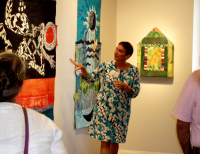
How do I sound? What’s my voice like? Do I hear clumping or tiptoeing or trotting through space? Do I have soft or strong sound qualities? Am I talking fast or mulling things over before I speaks? Am I a story always in the telling, or a dramatic announcer of all things important?
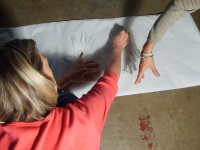 How do I move? Am I a whirlwind at the center of any activity or a slow observer who has to watch before jumping in? Do I have wings on his feet and a kinesthetic grasp of each and every movement through space? Or not? Do I have a facility with hand-eye coordination, or am I a person whose favorite exercise is mental gymnastics? Do I fidget and wiggle my way through the day, daintily twirl at every opportunity, or cut through space with conviction, ignoring obstacles and rules at every turn?
How do I move? Am I a whirlwind at the center of any activity or a slow observer who has to watch before jumping in? Do I have wings on his feet and a kinesthetic grasp of each and every movement through space? Or not? Do I have a facility with hand-eye coordination, or am I a person whose favorite exercise is mental gymnastics? Do I fidget and wiggle my way through the day, daintily twirl at every opportunity, or cut through space with conviction, ignoring obstacles and rules at every turn?
What is my rhythm? If I clapped a rhythmic score, would it be regular and evenly paced? Or erratic and unpredictable? Would I be a march or a tango? A jive or a three-ring circus? Am I fast, slow, somewhere in between? Surprising or forthright?
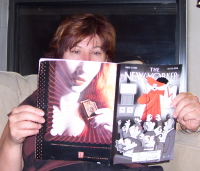 How do I use my face and eyes? Am I an open book? Or a mysterious stranger who seldom lets my emotions show? Is drama the operative word? Or is methodical my method? What happens when I meet a stranger? Am I out there or on the sidelines keeping score?
How do I use my face and eyes? Am I an open book? Or a mysterious stranger who seldom lets my emotions show? Is drama the operative word? Or is methodical my method? What happens when I meet a stranger? Am I out there or on the sidelines keeping score?
How do I present a public face? Is it different from the private life behind my front door? How do others respond to me?
What kind of roles and functions do I take on? Alpha dog? Follower? Listener? Starring role? Backstage director? Conformist? Devil’s Advocate?
What makes me laugh? What makes me funny? Where’s my funny bone?
What brings me joy? What is sure to bring a smile to my face?
What questions do I ask over and over and over again? Am I a “What?” or a “Why?” a “How do I?” or a “What if I?”
What makes my different than anyone else’s? One-of-a-kind?
Another way to collect information about yourself is to note preferences – the things you collect, choose, concentrate your efforts on. Here’s a second checklist of observations and inventories to make.
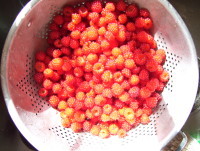
What catches my eye? Movement? Color? Light and shadow? Strong patterns? Interesting shapes? Or is it all about touch? Or movement? Or telling the story?
What holds my attention? What things do I do for longer than other people seem to do them? Music? Putting things together? Routine chores or tasks with repeating actions? Puzzles and brainteasers? Walking or running or other movements?
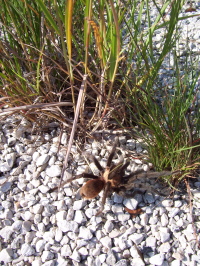 What do I surround myself with? The choices of clothing, of possessions for my home, for regular activities? Is it other people? Color? Music? Animals? Things to build with? Stuff that moves?
What do I surround myself with? The choices of clothing, of possessions for my home, for regular activities? Is it other people? Color? Music? Animals? Things to build with? Stuff that moves?
What qualities do my favorite free-time activities have? Are they all big or small movement activities? Do they have procedures or linear rules? Do I see strong sensuous qualities, tactile elements or sound and motion? How about emotional or analytic components?
What do I collect, naturally? What gets picked up on the street, from a dollar store? Rocks and shells? Magazines, bugs, or little glittery bits of foil and glass? If I could make a collection of anything, would it be hats or robots, ribbons or sports equipment? Do I find and save magazine pictures, maps or cartoons? Character dolls or jokes? Stacks of fabric and threads or antique lace?
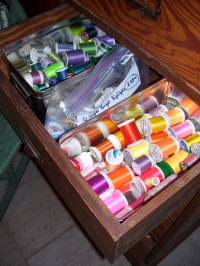 What kinds of things -- especially in a new place or space – am I most likely to comment about or remember? The people or the colors? The sound or the story? The size or the materials? The construction and engineering or the aesthetics and theatrical sense?
What kinds of things -- especially in a new place or space – am I most likely to comment about or remember? The people or the colors? The sound or the story? The size or the materials? The construction and engineering or the aesthetics and theatrical sense?
What do I pick up? Save? Store? Look up on the internet or follow up from a TV or radio show?
What are the qualities of the materials I like best? Track these favorites through the sensory alphabet! (Line, color, shape, movement, space, texture, light, sound, rhythm)
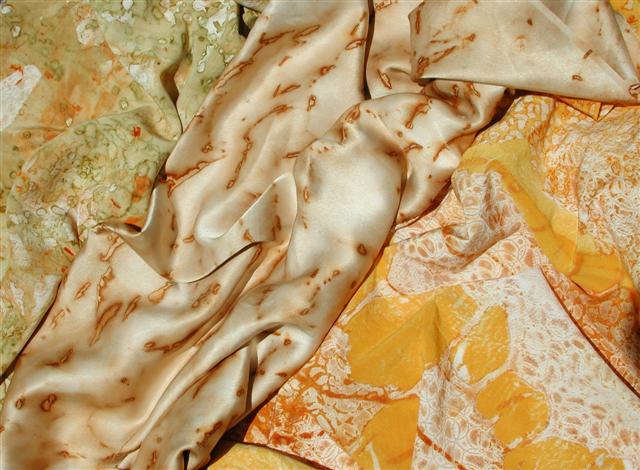 COLOR: Are these materials colorful or monochromatic? What kinds of colors? Bright or subtle? Dark or bright? Contrasting or soothing? You may HAVE to have that new box of watercolors or oil pastels, while another person just needs a big black permanent marker or a Chinese calligraphy brush and ink.
COLOR: Are these materials colorful or monochromatic? What kinds of colors? Bright or subtle? Dark or bright? Contrasting or soothing? You may HAVE to have that new box of watercolors or oil pastels, while another person just needs a big black permanent marker or a Chinese calligraphy brush and ink.
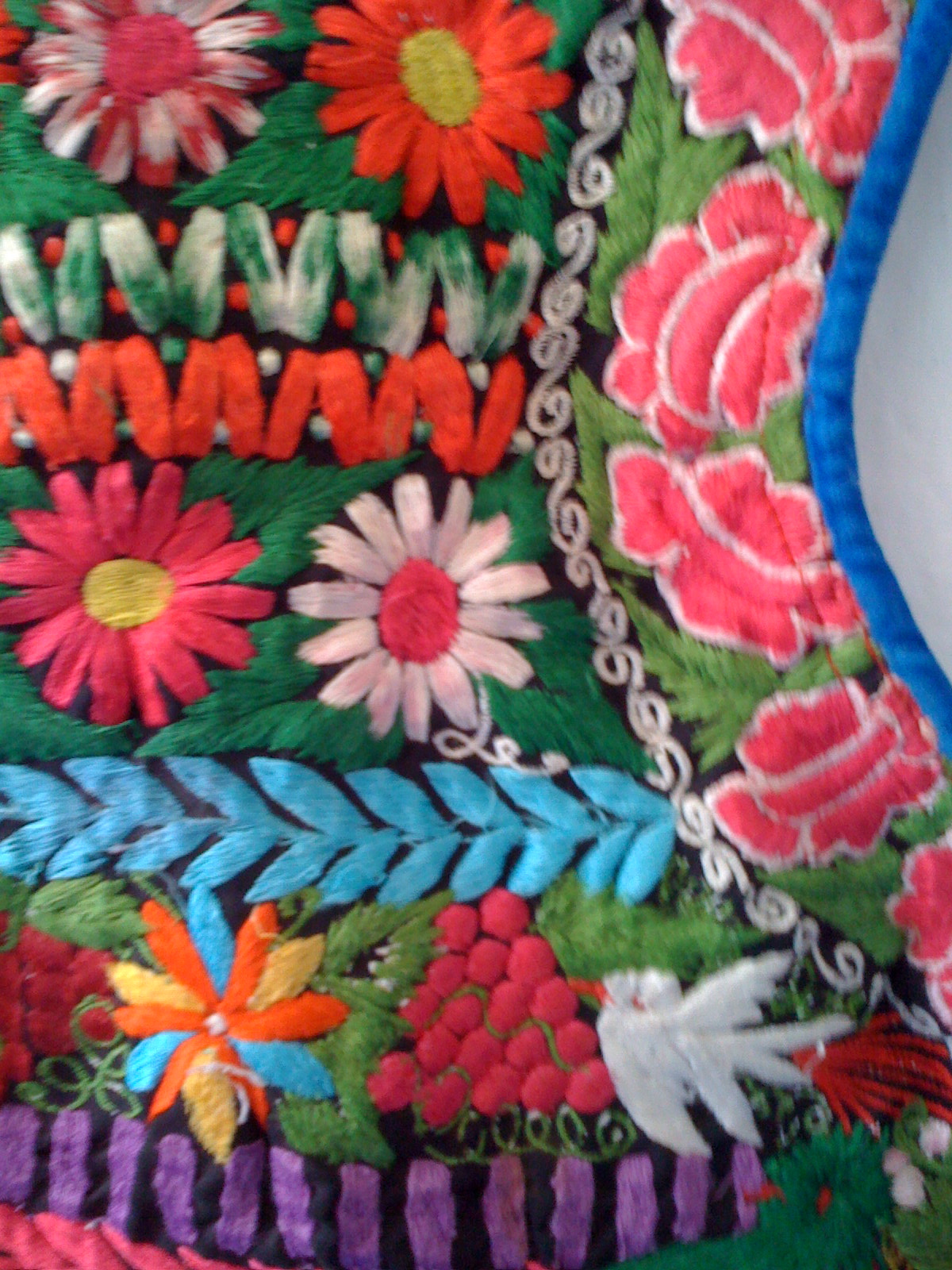 TEXTURE: How do the materials you like feel to the touch? Are they smooth or nubby, plastic or hard, malleable or rigid, natural or manmade? Is that collection of glass jars on your window a textural necessity or a set of shapes to arrange with little hidden dramas in your mind?
TEXTURE: How do the materials you like feel to the touch? Are they smooth or nubby, plastic or hard, malleable or rigid, natural or manmade? Is that collection of glass jars on your window a textural necessity or a set of shapes to arrange with little hidden dramas in your mind?
SHAPE: Do these materials – clothes, games, collectables, art media, favorite objects -- have definite shapes? Or are they ambiguous or amorphous? Are they simple in contour or intricate? Do they have structural parts or components? Is a morning in one museum gallery or a day in the sand at the beach the ultimate entertainment?
MOVEMENT: Do my favorite materials move? Or have movement implicit in them? Is there a rhythm to them or to their use? Is the movement smooth, fast or floating? Humorous, serious or unstable? Do I simply have to move no matter what or where?
SOUND: Do these favorites make sounds? Either by design or by my use? What kind of sound quality – musical or percussive, wind or string, whistling or thudding? Is there a definite rhythm to the sound produced? Do I make sounds with things that no one else would ever think to turn into an instrument?
 RHYTHM: Are these materials stacked, stackable or patterned? Put in order or grouped? Repeated or reorganized over and over? Put away in categories or lumped together any old way? Is there a rhythm to her play, a beginning, middle and end? Does patterned work or games with words or rhymes have a particular charm?
RHYTHM: Are these materials stacked, stackable or patterned? Put in order or grouped? Repeated or reorganized over and over? Put away in categories or lumped together any old way? Is there a rhythm to her play, a beginning, middle and end? Does patterned work or games with words or rhymes have a particular charm?
LINE: Do these favorite materials have a linear quality? Are they curved or angular? Strongly directional, repetitive or meandering? Is there always a storyline going on, a movie in the mind?
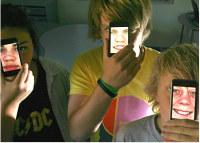
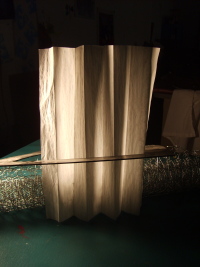 LIGHT: Is this material one that has qualities of light, dark, opacity, transperancy? Do I like to play with light and shadow?
LIGHT: Is this material one that has qualities of light, dark, opacity, transperancy? Do I like to play with light and shadow?
SPACE: What spatial qualities do the materials have? Are these favorite materials two-dimensional or three-dimensional (ie, given a choice do I choose clay or paper-and-pen?) What’s the scale I like best to work with – a desktop or a playing field, tiny miniatures or large brushes and a 6-ft tall roll of paper? A wall-sized quilt or multiples of mini artist trading cards?
OTHER ASPECTS:
What spaces and places do I prefer for my free time? Am I always on the porch or in my bedroom or other private space? Alone in the backyard or in the kitchen with everyone else? Do I need a run in the park to stay healthy and sane? Is time alone essential? Or is time spent with a group mandatory and energizing? Am I always planning parties or trying to avoid them?
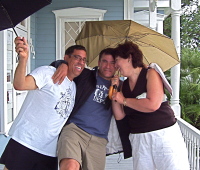 When we interact, is it playful or serious? Directive? Organized? Improvisational?
When we interact, is it playful or serious? Directive? Organized? Improvisational?
When we work together on a task, do I stay on track or need to come and go? Do I need a process or a product? Do I have to know why, or why not? Where’s the payoff?
When we play, do I want to be the boss of you? Or want to watch and follow? Am I open to coaching or resistant to change? Do I worry about getting it “right”? Am I making up new rules as we go along? Or sticking to a strategy?
 Wednesday, January 9, 2013 at 03:44PM
Wednesday, January 9, 2013 at 03:44PM  creativity in
creativity in  Creativity and other big ideas
Creativity and other big ideas 




